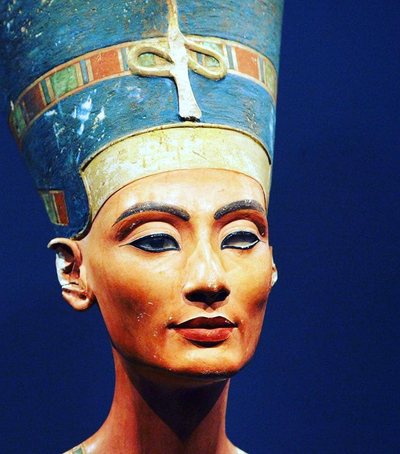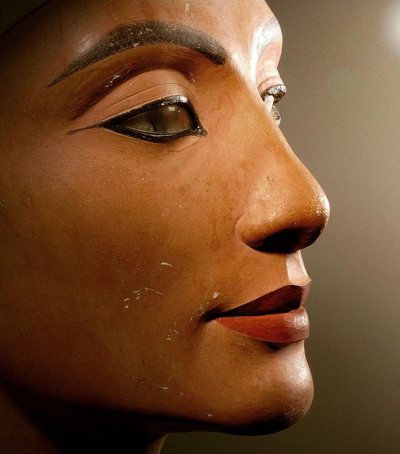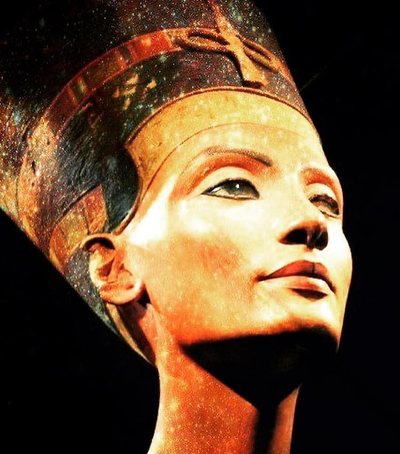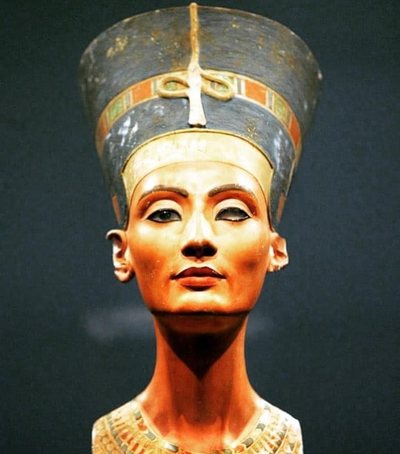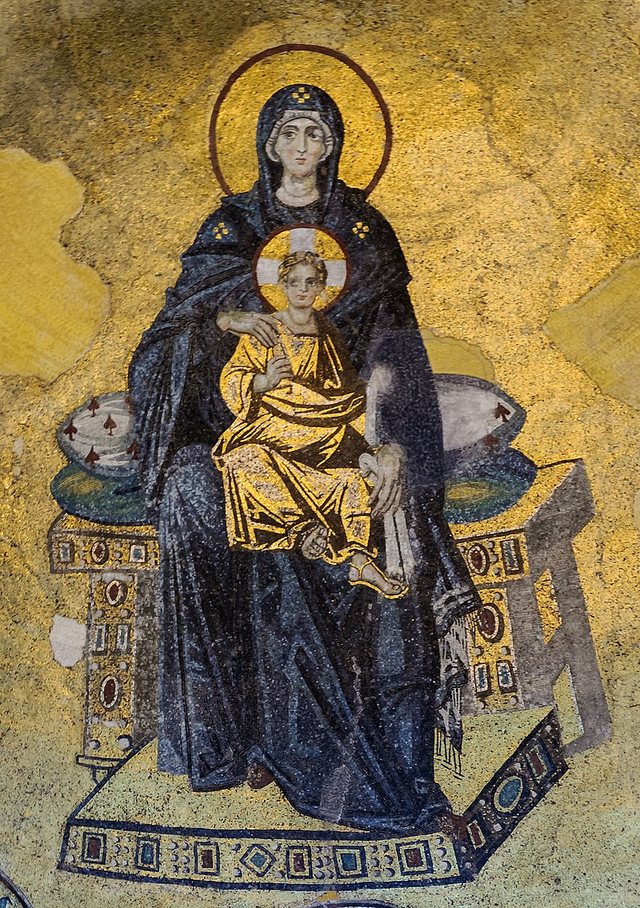
It was only in the last few hundred years that Western civilization began to place works of art in museums, at least in museums that resemble the public institutions we know today. Before that, art served mainly other purposes. What we now call fine art, in fact, had mainly to do with how people experienced the aesthetic dimension of religion.
Paintings, sculptures, and textiles were the media of the time, providing vivid imagery to accompany the stories of the day. In this sense, Western art shared a utilitarian purpose with other cultures around the world, some of whose languages ??had no word for art. So how do we define what should be called art?
In general, we are talking about works that visually communicate meanings beyond language, whether through the representation or organization of visual elements in space. Evidence of this kind of power of iconography, or the ability of images to convey meaning, can be found in abundance if we look at the art from the histories of the world's major religions.
Almost all religions, at one time or another in history, have gone through an iconoclastic phase (expressed in symbols or assumptions). Iconoclasm prohibits any visual representation of the divine. This is done to avoid idolatry, or the confusion between the representation of the divine and the divine itself. So the goal is to be as realistic as possible in the relationship between the individual and the divine.
However, this can be a difficult thing to maintain because of the urge to visually represent and interpret the world around us, an impulse that is difficult to suppress. For example, even today, the depiction of Allah or the Prophet Muhammad is forbidden. The abstract praise of the divine can be found in the arabesque patterns of Islamic textile designs, with the masterful waving of brushstrokes and Arabic calligraphy, where the words of the prophet take on a dual role, both as writing and as visual art.
Similarly, in the art of the earliest periods of Christianity and Buddhism, the divine presence of Christ and Buddha is not manifested in human form, but is represented by symbols. In each case, iconographic reference is used as a form of veneration.
Anthropomorphic representations, or appearances in human form, in fact, only spread to these religions a few centuries later, under the influence of the cultural traditions that surrounded them. Historically speaking, the public appreciation of the visual arts in terms other than traditional, religious, or social functions is a relatively new concept.
Sot, ne e “fetishizojmë” atë që është “fetish”. Ne shkojmë në muze për të parë art nga epokat, por përvoja jonë atje është shumë larg kontekstit të qëllimit fillestar të tyre, se si duhet të shikoheshin ato. Mund të thuhet se shikuesit modernë i mungon ‘pasuria’ e angazhimit që ata kanë me artin bashkëkohor, i cili është krijuar për të përkuar në rëndësi me kohën e vet dhe që flet gjuhët e veta kulturore.
Mund të thuhet gjithashtu se historia e asaj që ne e quajmë art është një diskutim që vazhdon, teksa e tashmja jonë bashkëkohore kthehet në atë që për disa gjenerata të ardhshme do të jetë një e shkuar klasike. Ky është një diskutim që reflekton ideologjitë, mitologjitë, sistemet e besimit, tabutë dhe shumë më tepër për botën në të cilën ato janë krijuar.
Në kontekstin e një muzeu, veprat e artit nga vende dhe kohë të ndryshme paraqiten së bashku me njëra-tjetrën, të izoluar nga kontekstet e tyre origjinale, por ballafaqimi i tyre ka përfitimet e veta. Ekspozitat organizohen nga kuratorët, ose njerëzit që kanë bërë një karrierë nga aftësitë e tyre për të rikontekstualizuar apo përzier artifaktet kulturore në një prezantim kolektiv.
Atëherë, si shikues, ne jemi në gjendje ta konsiderojmë artin në kuadër të temave të përbashkëta që mund të mos jenë të dukshme në një vepër të veçantë deri në çastin kur t’i shikojmë ato së bashku dhe nga ku mund të nxirren kuptime të reja mbi të cilat mund të reflektojmë. Nëse ne jemi kaq të prirur, madje mund të fillojmë ta shikojmë çdo vepër arti si një pjesë bashkëkohore të një tërësie të papërcaktuar, të unifikuar të përvojave të shkuara njerëzore, një gjurmë që na çon tek pragu ynë dhe që vazhdon me ne, e hapur për këdo që kërkon ta eksplorojë atë.
Burimi: https://www.youtube.com/watch?v=qfITRYcnP84

